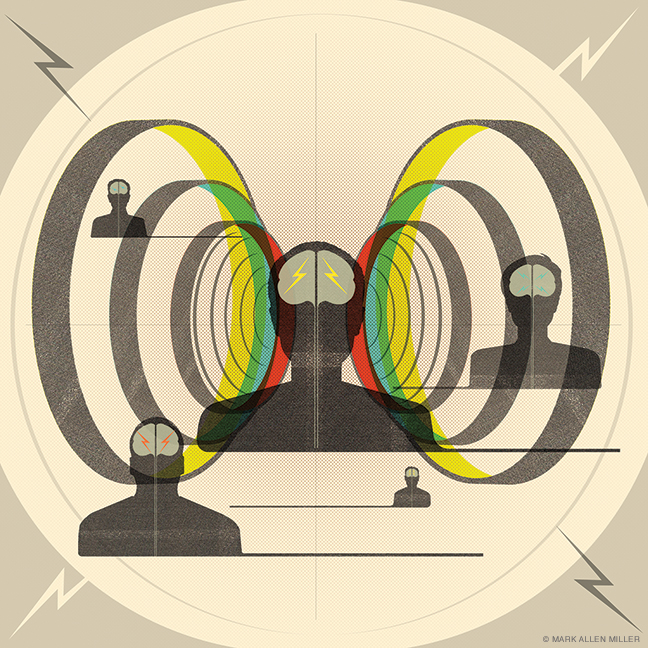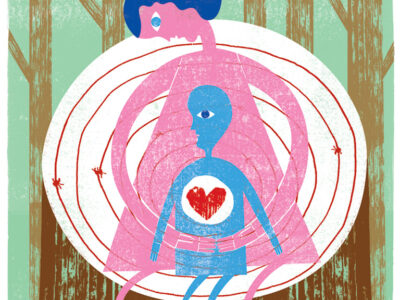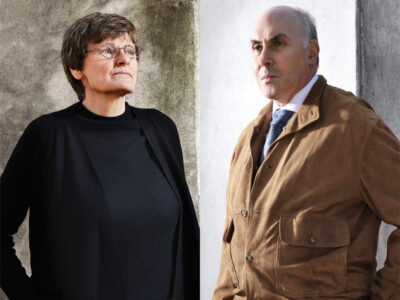
Treatment of US diplomats afflicted by Havana Syndrome suggests a “novel clinical entity.”
One of the most perplexing incidents in recent diplomatic history occurred in Havana, Cuba, between November 2016 and August 2017, when 24 US government employees suffered debilitating neurological symptoms after experiencing sensations varyingly described as “a high pitched beam of sound,” an “incapacitating sound,” and a “baffling sensation” similar to sitting in a speeding vehicle with a partially open window.
The origin of the noises—which the victims reported experiencing while at home or in a hotel—remains a mystery, but the symptoms experienced by the diplomats, including nausea, headaches, cognitive dysfunction, and difficulties with vision and balance, were familiar to Randel Swanson, an assistant professor of physical medicine and rehabilitation at the Hospital of the University of Pennsylvania who specializes in acquired brain injuries.
“The patients were presenting a constellation of neurological signs and symptoms like we see after a concussion from a car accident, or a blast in the military,” Swanson says. He and his colleagues provided evaluation and rehabilitation for 21 affected officials and published a report in JAMA this February that posited the symptoms could represent a “novel clinical entity,” defined by effects consistent with traumatic brain injury but in the absence of any catalyzing blow to the head.
“If you didn’t know the history of these patients,” Swanson says, “they would fit right into a typical brain injury clinic.”
The patients came to Penn’s Perelman School of Medicine for clinical care, not a formal research study; many were experiencing cognitive challenges severe enough to impede their ability to work. “Things that used to take minimum effort now take considerable effort,” says Swanson, who has practiced at Penn since July 2015. “You become more fatigued, with eye strain and headaches at the end of the day.”
The doctors conducted a series of evaluations—including a grooved pegboard test for manual dexterity, and a caloric reflex test, which involves shooting water into the ear canal to measure the reaction of the eyes. After the patients’ performance was documented, they underwent rehabilitative measures. These included retraining their eyes to move in a coordinated manner by following shapes on a computer screen, and improving balance by practicing walking in distracting environments, such as in a room with sparkling disco balls.
“Rehabilitation is a combination of retraining the brain to use different circuits to improve coordinated movement and getting used to living with deficits,” Swanson says. The patients responded to the interventions, he notes, in the same manner that concussion victims typically do.
The mystery of what provoked the neurological problems endures. A consensus of experts found that “the patterns of injuries that had so far been noted were most likely related to trauma from a non-natural source,” as Charles Rosenfarb, the medical director for the State Department’s Bureau of Medical Services, testified in front of the US Senate Committee on Foreign Relations on January 9.
An FBI probe found no evidence that sound waves, audible or otherwise, could have caused the effects. Hypotheses have ranged from a sonic attack, to an electromagnetic weapon, to malfunctioning espionage technology, to a virus, to a case of mass hysteria.
To Swanson, the directional nature of the sound described by the afflicted personnel suggests it could be a by-product of some other type of energy source. “The patients perceived a vibratory and pressure sensation along with this sound from a certain direction, and as they moved away, it attenuated,” the doctor notes. “It was almost like something being pointed at them.”
The incidents took place at a pivotal moment in US–Cuba relations, coming after President Obama eased travel, trade, and financial restrictions on the island nation, loosening the terms of an embargo that has stood for more than 50 years. Following the apparent attacks, the Trump administration pulled most US officials out of the country, expelled 15 Cuban diplomats from the US, and reimposed certain economic restrictions.
The Cuban government has disclaimed any knowledge about the incidents. Some analysts have suggested that dissidents aiming to harm the rapprochement process could be responsible. Others have speculated that agents of a foreign power, such as Venezuela or Russia, may have played a role.
In the meantime, the idea of a novel clinical entity resulting from the event has sparked controversy. An editorial accompanying the JAMA report invited skepticism about the interpretation of Penn’s doctors, noting that “a unifying explanation … remains elusive and the effect of possible exposure to audible phenomena is unclear.”
Swanson points out that brain injury science is imprecise even when the physical origin of a trauma is known. There’s no imaging test or biomarker that conclusively points to the nature or extent of the damage, just symptoms. “When you treat brain injury patients every day,” the doctor says, “you recognize all these patterns.”
—Aaron Kase




